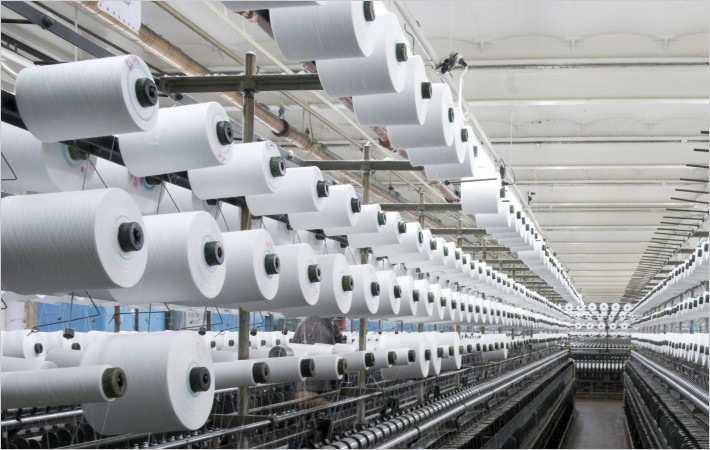India’s Cotton Spinning Sector: Navigating price volatility and shifting demand

The Indian cotton spinning sector, a critical link in the textile value chain, is currently grappling with a complex set of challenges due to fluctuating prices, evolving demand patterns, and global economic uncertainties. While the industry has demonstrated resilience in the face of adversity, the road ahead remains fraught with challenges and opportunities.
The financial performance of Indian cotton spinning mills has been mixed in recent months. While some players have managed to maintain profits through efficient operations and strategic sourcing, others have struggled to cope with rising input costs and subdued demand. The volatility in cotton prices has further exacerbated the situation, making it difficult for mills to plan their production and pricing strategies.
Cotton price fluctuations, a major concern
Cotton prices have witnessed significant fluctuations over the past couple of months, driven by factors such as weather conditions, global supply and demand dynamics, and speculative trading. These price swings have created a challenging environment for spinning mills, as they impact their raw material costs, inventory valuation, and overall profitability.
Demand highs and lows
Meanwhile, demand for cotton yarn in India is influenced by various factors, including domestic consumption, exports, and the performance of downstream textile sectors. While domestic demand has shown signs of recovery in recent months, exports have been impacted by global economic headwinds and geopolitical tensions. The supply situation is also evolving, with domestic cotton production expected to be lower than anticipated due to unfavorable weather conditions.
Cautious optimism for future
The short-to-medium-term outlook for the Indian cotton spinning sector is cautiously optimistic. While the industry faces challenges in the form of price volatility, shifting demand patterns, and global uncertainties, there are also opportunities for growth and consolidation. The government's focus on promoting the textile sector through initiatives such as the Production Linked Incentive (PLI) scheme is expected to provide a boost to the industry. Additionally, the growing demand for sustainable and eco-friendly textiles presents a significant opportunity for Indian spinning mills to differentiate themselves and capture a larger share of the global market.
Key trends
- Increased focus on cost optimization and efficiency: Spinning mills are increasingly focusing on cost optimization and efficiency improvement measures to mitigate the impact of rising input costs and price volatility.
- Shift towards value-added products: Many mills are shifting their focus towards value-added products such as specialty yarns and blended yarns to enhance their margins and cater to the evolving demands of the market.
- Adoption of technology and automation: The adoption of technology and automation is gaining momentum in the spinning sector, as mills seek to improve productivity, reduce costs, and enhance product quality.
- Emphasis on sustainability: Sustainability is becoming an increasingly important consideration for spinning mills, as consumers and brands become more conscious of the environmental and social impact of their textile choices.
Overall, the Indian cotton spinning sector is passing through a complex and challenging environment, with price volatility, shifting demand patterns, and global uncertainties. While the industry faces headwinds in the short term, there are also opportunities for growth and consolidation. The mills that can adapt to the changing market dynamics focus on innovation and sustainability, and leverage technology will be best positioned to succeed in the long run.
